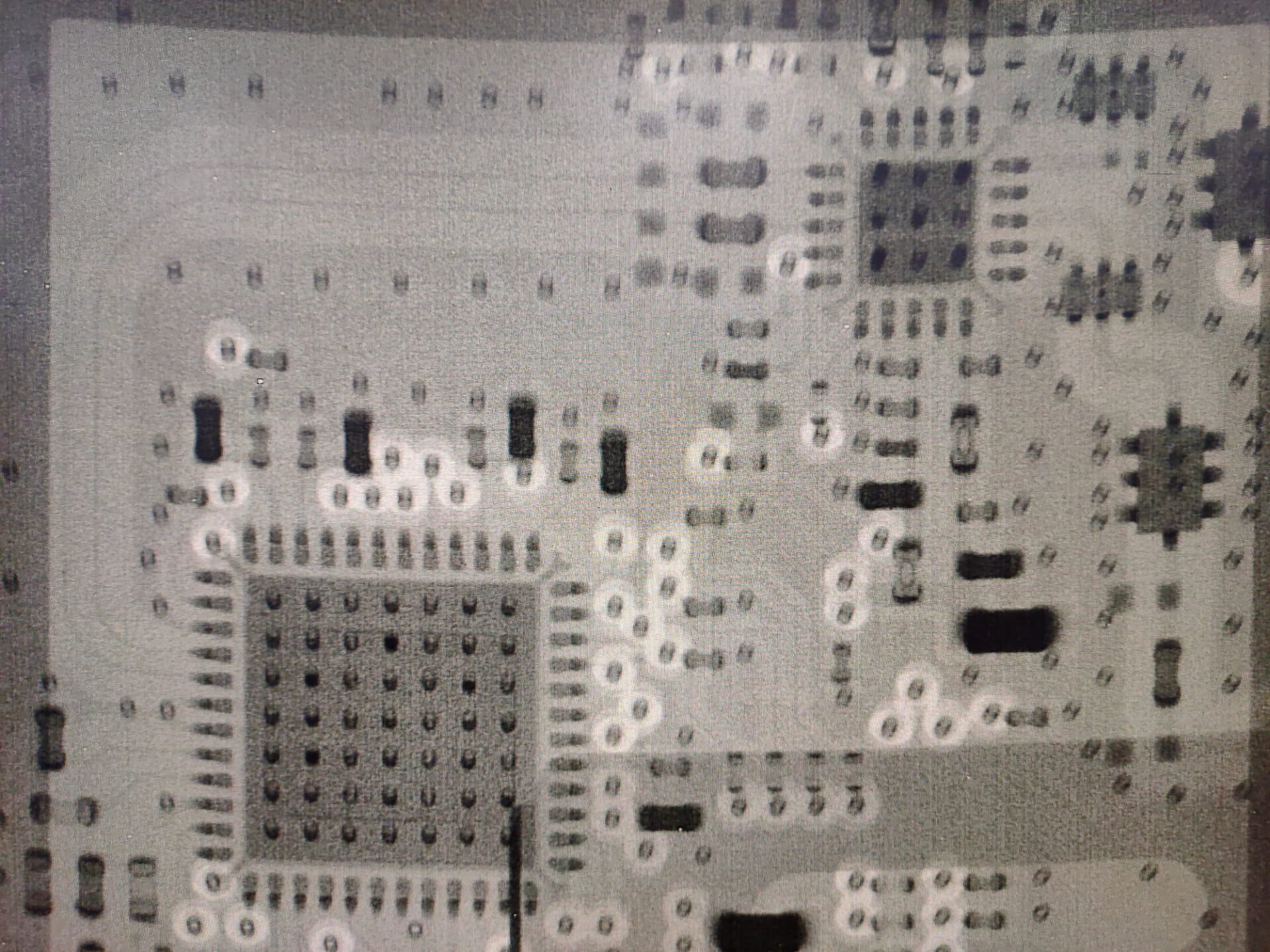There are many different crack types and geometries that can occur in structures, whether caused by manufacturing defects, poor process control, or naturally during the intended service. In the September 2018 issue of Quality Magazine, the article from LTI titled “Surface Crack Fracture Mechanics Testing” explains the methods used in evaluating surface cracks.
Fracture mechanics testing is essential to determine how and when materials fail (to buttress these weak points, potentially). There are two characteristics at play here:
- Fracture toughness indicates the ability of a material to withstand static loading until failure.
- Fatigue crack growth measures the speed at which cracks propagate under cyclic loading.
Cracking depends on material geometry, and while manufacturing has a high level of quality control, imperfections in materials are inescapable at levels exceeding equipment precision. Additionally, cracks can form and develop while a material is in operation; understanding the vectors for cracking helps manufacturers guide end users on proper application. Even seemingly superficial surface cracks are a liability in some industries, such as aerospace, due to the sensitivity of the material’s application and the potential for continued growth and eventual failure in the field. In stressed equipment like turbines or rivet holes, the progression of a crack rapidly accelerates.
It’s fundamental to evaluate the dimensions and the conditions that lead to crack formation or propagation. The aspect ratio of a crack compares the crack’s surface planar length to the penetrating depth. However, crack dimensions continuously evolve depending on the stress-intensity factor K and the applied load. Also of merit is the relative size of the crack to the sample – when the crack is small relative to the sample, the sample’s size is relatively infinite, and the crack growth pattern differs from when the crack and sample are closer in size.
There are many ways to measure cracking, but one of the more novel approaches pioneered by engineers at NASA uses electrodes to measure the potential difference between the surfaces of a material. As the crack grows, the resistance increases, as there is less space for electrons to flow through the material. With a constant applied current, the voltage increase positively correlates with the crack growth.
Download PDF here
Related Articles
Introduction to the ASTM E606 Standard
Low-Cycle Fatigue Testing and the Standards Set Forth by ASTM In the world of engineering, materials are often subjected to…
The Top 5 Consequences of Industrial Operations Not Calibrating Their Equipment
In the fast-paced world of industrial operations, precision is not just a goal—it’s a necessity. Calibration of equipment, a process…
The Benefits of Choosing a Calibration Company that Offers Instrument Replacement and Purchasing Services
In the demanding world of industrial manufacturing and quality assurance, selecting the right calibration partner can significantly impact your operational…
How Small a Defect Can UT Find
Customers often ask LTI how small a defect ultrasonic testing (UT) can find. This question is very difficult to answer…
Ethics in Laboratory Testing
What could be more important than ethics in the world of materials testing? Testing laboratories have an obligation to adhere…
Quality Considerations in Chemical Analysis
A Well-Planned and Managed Quality Control Program When you need chemical analysis services, you expect to receive accurate testing and…
